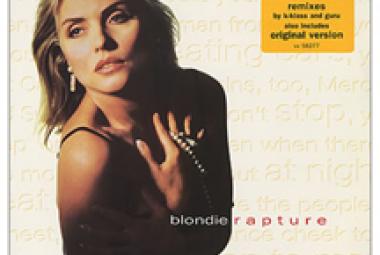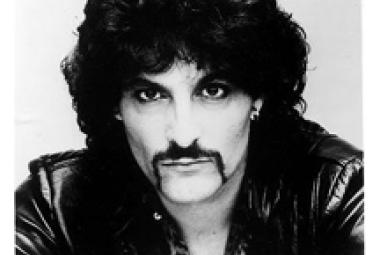The Standells – Dirty Water (1985): The Standells might have been remembered today as just another conventional L.A. rock band, if their early albums are any indication of their sound. But the band had the good fortune of attracting Ed Cobb as their producer and songwriter, and he greatly influenced the musical direction of the Standells. The song that he wrote for the band called “Dirty Water” made it to #11 on the national charts and changed the Standells into true punk rock heroes: Not for nothing was this landmark garage rock song placed on Nuggets (the very first garage rock/psychedelic rock compilation album, released in 1972) as the second track, right after “I Had Too Much to Dream (Last Night)” by the Electric Prunes. As a mock-celebration of Boston and its River Charles, “Dirty Water” might seem like an odd choice for a Los Angeles band like the Standells; but Ed Cobb was from New England, so it was home to him. Beginning in the mid-1990’s, Boston sports teams began playing “Dirty Water” in the arenas following home victories. Much to my amazement, Ed Cobb turned out to be a member of a band from the 1950’s called the Four Preps that could hardly be more different from the Standells. The musical genre from which the Four Preps arose was considered old-fashioned by the mid-1960’s and is almost completely extinct today. These all-male, all-white singing groups often had names evocative of bourgeois prep school and college days – in addition to the Four Preps, examples include the Lettermen and the Four Freshmen – and they sang in precise three- or four-part harmonies with a clean-cut look. The Four Preps’ big hit is a long-time favorite of mine called “26 Miles (Santa Catalina)”, a paean to Santa Catalina Island off the coast of California: “the island of romance, romance, romance, romance”. And who was responsible for the distinctive growling vocals in “Dirty Water” that prefigured the snarling, snotty singing in so many 1970’s and 1980’s punk rock bands? His name is Dick Dodd, and he handled lead vocalist duties on most of the Standells’ records. Dick Dodd had been one of the original Mouseketeers (and no relation to “Head Mouseketeer” Jimmie Dodd). You just never know where someone’s life is going to go no matter how they start out, do you? Ed Cobb also wrote several more of the Standells’ most memorable songs, including the even fiercer “Barracuda”, plus the flip side of the “Dirty Water” single, “Rari”. For some reason, and unlike the other Ed Cobb songs, “Rari” rarely shows up on Standells retrospective albums, even though it is one of my favorite Standells songs. This album called Dirty Water is not a reissue of the original Dirty Water album from 1966; it is a French-only retrospective album released in 1985. For one thing, this album has 16 tracks rather than 10 on the original album. While the majority of the tracks on the 1966 album Dirty Water are included on this album, this Dirty Water album omits two Ed Cobb songs, “Sometimes Good Guys Don’t Wear White” and “There is a Storm Comin’ ”, including instead a different Ed Cobb song, “Why Pick on Me”. Also, one of the group-penned songs, “Pride and Devotion” is left out, in favor of “Mr. Nobody”; and the Rolling Stones cover is “Paint it Black”, not “19th Nervous Breakdown”. Most of the other songs are also covers; while “Hey Joe” from the original album is not here, this Dirty Water album includes the Troggs’ “Wild Thing”, “Black is Black” (originally by Los Bravos), the Lovin’ Spoonful’s “Summer in the City”, and the Kinks’ “Sunny Afternoon”; plus “St. James Infirmary”. Two later singles by the Standells are also included on the album, “Try It” and “Animal Girl”.





